Market Value, List Price and Sales Price - how are they related?
For buyers and sellers there are a bewildering array of home valuations - Zestimate, assessed value, appraised value, market value, list price, and final sale price. In this series of blogs we'll break down the various valuations you will see when you are looking to buy or looking to sell a home.
In this blog we'll look at the three that most directly affect buyers and sellers - market value, list price and final sale price - and explore the relationship between them.
Market Value
Market Value (sometimes referred to as the Fair Market Value - FMV) has a rigid definition - it is an estimate of the market value of a home, based on what a knowledgeable, willing, and unpressured buyer would probably pay to a knowledgeable, willing, and unpressured seller in the market. In order to estimate the FMV agents prepare a Comparative Market Analysis (CMA). The quality of these CMA's varies by agent but after reading the document it should be clear to a home owner how much their home should sell for. The MAPropertiesOnline Team prepare what we feel is the most comprehensive and accurate CMA in the industry today. There are two areas where we improve on the traditional CMA. Firstly the included homes and secondly the readability of the document - we structure the document so that the homeowner can see how the estimate of the market value of their home was determined, along with analysis of current market conditions in the town.
It is common practice for CMA's to include homes that are similar to the home being estimated (i.e. if the subject home being estimated is a Cape then the comparable homes are also Cape's). In a market that would be considered a sellers market the ability to compare homes based on style is not really relevant. Buyers don't have the option of choosing a home based on their preferred style but are more likely to choose a home based on size, # bedrooms and bathrooms. To compare styles only means that these homes don't accurately reflect what the buyer would consider when looking for a home to buy. Buyers will look at more than the style of a home they will include the characteristics of a home (these include proximity to town center, accessibility of public transportation, number of bedrooms and bathrooms and the size of the home and lot etc.) in their search. So, we use relevant homes - ones a prospective home buyer would also consider if they were looking at your home.
We classify each relevant home based on the following scale:
| Class | Description |
|---|---|
| L | The home would sell for less than your home |
| R(L) | The home is relevant but would sell for less than your home |
| R | The home would sell for the same price as your home |
| R(H) | The home is relevant but would sell for more than your home |
| H | The home would sell for more than the your home |
Based on these classifications we bracket the home being estimated to determine a price range (in most cases we try to keep this range to +/- $40,000).

In the document we also include a detailed description of the relevant homes and this allows a home owner to better understand how the estimated FMV is arrived at. Now we have an estimate of what the home should sell for; what price should the home be listed at?
List Price
Many towns have seen a strong price rebound from the lows of 2009 and there is a temptation for home owners to say "it's a sellers' market at the moment and my town is hot! Let's try for a higher price". However compelling this sounds resist the temptation! Even in a hot market there are still homes that sit on the market not selling - so, how do you ensure you are not one of those homes?
Price is just part of the equation to getting the best price for a home. The MA Properties Online Team use a four pronged strategy to maximize the final sale price.
- Product - prepare and stage the home for today's buyers.
- Promotion - market the home through a mix of traditional print and (increasingly) digital marketing channels.
- Place - expose the product through the Internet, social media and national / (increasingly) international real estate portals.
- Price ...
The key rule of the pricing component is to never price higher than the estimated FMV (just think about the game show The Price is Right - guess too high and you're out). The price should be close to the estimated FMV and below a search boundary. No surprise - buyers search in well-defined price brackets (e.g. less than $600,000) and so a price of $599,000 will be seen by buyers with $600,000 as their maximum. Whereas pricing the same home at $610,000 will mean that these buyers won't even know the home is on the market.
Final Sales Price
So, how well do agents/home owners follow this advice? Turns out not very well. The following graph shows the relationship between the list price and the final sale price (the List Price/Sale Price ratio) - 100% means the home sold for the list price.

A large number of homes do indeed sell for at, or above, the list price (50%) but (worrying for sellers) a large number sell for below the asking price even in a hot real estate market (50% - that's over 175 homes in Lexington in 2016). Why is this?
Priced Too High (50% of homes in Lexington in 2016)

If a home is priced too high initially it suffers from death by a thousand cuts (price reductions) before it eventually sells. In the modern internet/Information age buyers are extremely knowledgeable about the market. So, buyers dismiss it because it's over-priced compared to other relevant homes (remember back to the CMA). The price is reduced through a series of price cuts, but the home is now stale - ever hear yourself ask - "what's wrong with the home that it still hasn't sold?" Finally the price is reduced sufficiently below the estimated FMV that the serious buyers begin to consider it as an option again - they now see it as reasonable value and it now sells for well below the estimated FMV because it's been on the market so long. Result - unhappy sellers!
Priced Just Right (50% of homes in Lexington in 2016).

If a home is priced just right then competition kicks in. The buyers see that the home is priced realistically. Because other buyers also consider it is priced realistically they also realize there will be competition to buy the home and they offer more than the estimated FMV in order to 'win' the home in the bidding war. Result - happy sellers (and buyers)!
Clearly the right pricing strategy makes a huge difference to a seller's bottom line but it is just part of an overall marketing strategy when selling a home. Please contact us if you would like to understand more on how the MA Properties Online Team can maximize the sale price of your home.
If you would like an estimate of what your home would sell for in today's market I would be more than happy to come by, have a look at your home, and then provide a CMA (comparative market analysis) which will provide you with an estimate of what your home should sell for, along with a marketing plan to get maximum exposure for your home.




